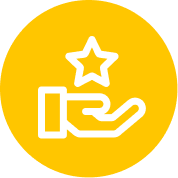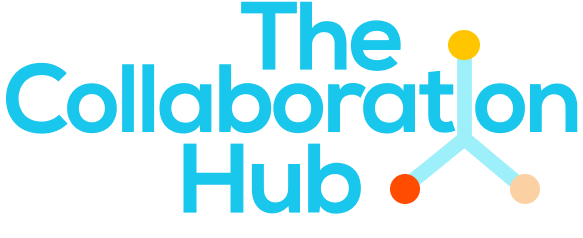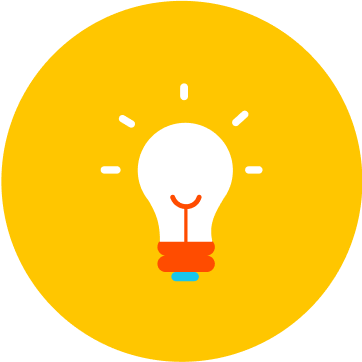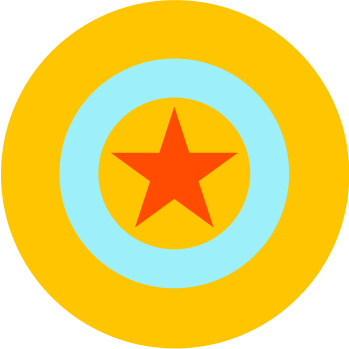Identifying the Opportunity
The foundation of a successful collaboration lies in meticulous planning and preparation. Although this initial phase takes time, it is crucial for amplifying the project’s impact and preemptively addressing potential challenges.
Here we outline the steps for recognising and defining the potential partners for collaboration. The approach is designed for those who understand the need for a partner to help achieve their goals for gender norms change and are looking to identify the best opportunity. The steps are not always linear and may overlap or recur.
"We never anticipated how much of time it was going to take to get us to where we are now"


Needs Assessment and Gap Analysis

Conduct a Gap Analysis
A gap analysis enables you to understand where to focus any partnership activity and ensures it is addressing real needs, and bolsters existing activity, making it more complete.

Community and stakeholder consultations
One of the best ways to understand where a partner could complement your activity is by listening to the communities and stakeholders that are important. This will give you a user-led view of needs and gaps.

Internal Assessment
A high-level review of your own activities acts as a foundation for understanding where a partner might complement and enhance existing programming.
Partner mapping and analysis

Engagement Strategy
Approaching potential partners is best done through a considered engagement strategy which sets any future relationship up from the start.

Specialism and Influence Review
In order to find the best fit, it is necessary to understand the strengths and capabilities of potential partners.

Partner Identification
Understanding the existing landscape of organizations and actors that are relevant to your activity is the first step towards identifying potential future partners that could help you fill identified gaps.




